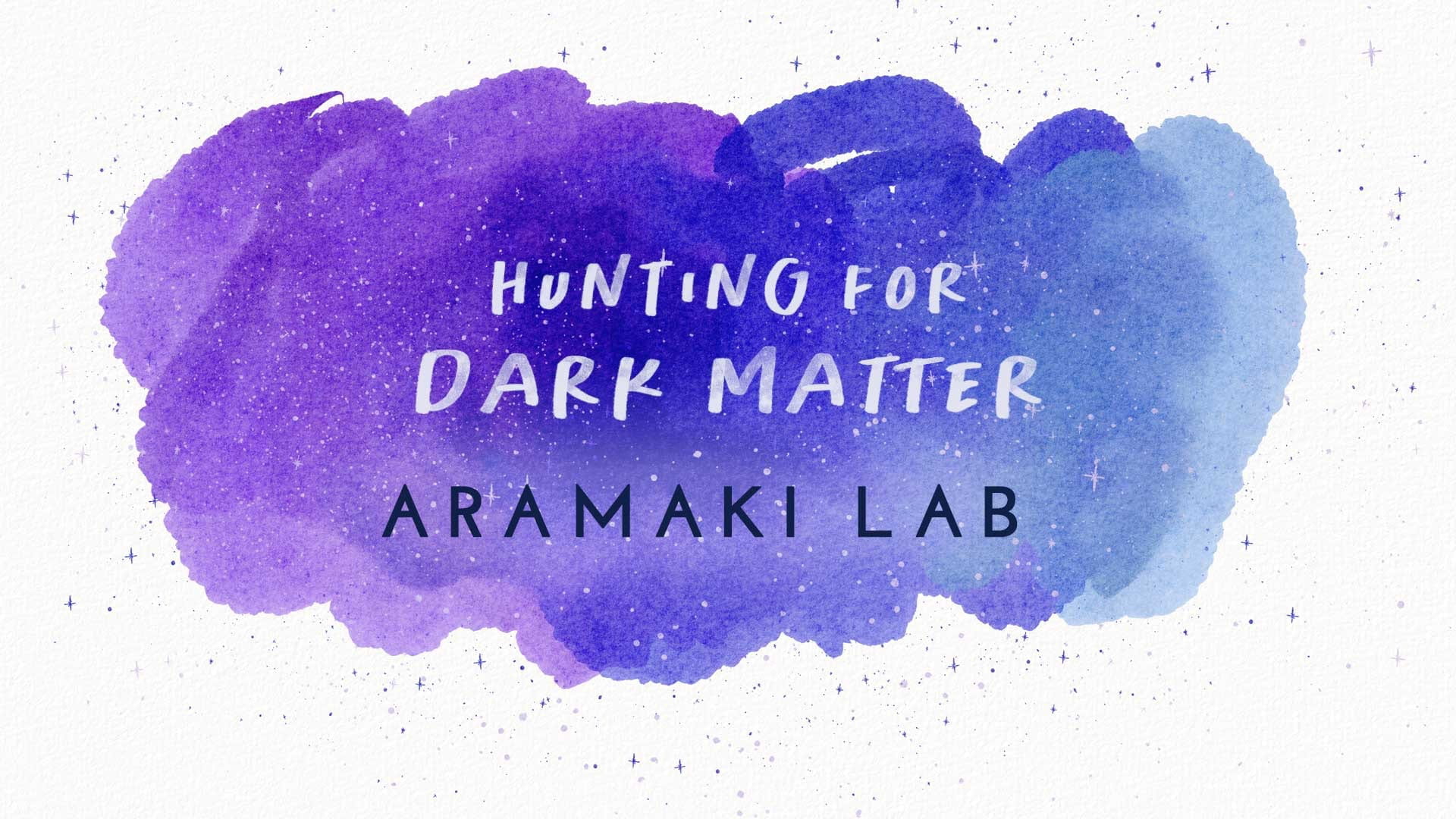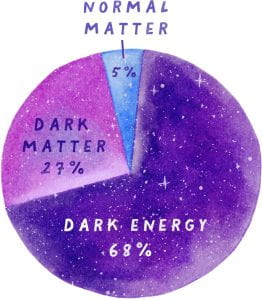
Hello, welcome to Aramaki Lab’s website. My name is Tsuguo Aramaki, and I am an assistant professor at Northeastern University. Throughout my career, I have been deepening my experience and broadening my perspectives to reveal the nature of dark matter. My research interests lie primarily in hunting dark matter particles through both direct and indirect dark matter search experiments.
|
Astrophysical observations of gravitational lensing, the Bullet Cluster, and galaxy rotation curves have indicated the existence of dark matter since the 1960s. However, the nature and origin of dark matter are still unknown, and many theories and experiments have been proposed and are ongoing to reveal the mystery of dark matter. Direct dark matter search experiments, usually located at the underground lab, try to measure the recoil energy induced by the dark matter scattering inside the detector. On the other hand, indirect dark matter experiments measure Standard Model particles produced in dark matter annihilation/decay. The recent results of Fermi- LAT (Large Area Telescope on the Fermi Gamma-Ray Space Telescope) and AMS-02 (Alpha Magnetic Spectrometer) suggested possible dark matter signatures in gamma-ray and antiproton measurements, respectively. However, these results are in strong tension with Fermi dwarf spheroidal galaxies observations, and a new project is needed to shed light on these issues. |
 |
TSUGUO ARAMAKI
I am currently a Principal Investigator (PI) of GRAMS (Gamma-Ray and AntiMatter Survey), which was recently funded by the NASA Astrophysics Research and Analysis (APRA) Grant (80NSSC23K1661) for the prototype flight scheduled in 2025/2026. GRAMS is a project I have conceptualized through my experience working on two dark matter search programs: SuperCDMS (Cryogenic Dark Matter Search) and GAPS (General Antiparticle Spectrometer). With a low-cost, large-scale LArTPC (Liquid Argon Time Projection Chamber) detector, GRAMS will enable unprecedented astrophysical observations in the poorly explored MeV energy domain while extensively exploring dark matter parameter space through antimatter measurements. We are currently building and optimizing a small-scale detector, MiniGRAMS, to demonstrate its performance for future balloon flights. LINK FOR PAPER.
The SuperCDMS SNOLAB project, a DOE/NSF-funded second-generation direct dark matter search program, aims to measure the recoil energy induced by dark matter-nucleon/electron scattering through phonon and ionization signals. This underground experiment can broadly cover the dark matter parameter space for various viable dark matter models. SuperCDMS can also complementarily probe the parameter space with other direct dark matter search experiments as well as indirect dark matter search and collider experiments. As a level-3 manager of the SuperCDMS SNOLAB experiment, I have been in charge of detector tower assembly, cold hardware/readout electronics development, and detector testing. I am currently a level-3 deputy manager of the Detector Coordinator for the SuperCDMS Operation.
I am also the Co-PI for GAPS, a NASA-funded project. GAPS is a balloon-borne indirect dark matter experiment focusing on low-energy antiprotons and antideuterons produced by dark matter co-annihilation and decay. As a founding member, I devised and designed the GAPS concept while revising the GAPS instrumental design. During my early career, I led the detector development, accelerator beam test, prototype flight, and data analysis while evaluating the GAPS antiproton/antideuteron sensitivities and augmenting the scientific goals. The first science flight is scheduled to launch from the Antarctic in the austral summer of 2024.